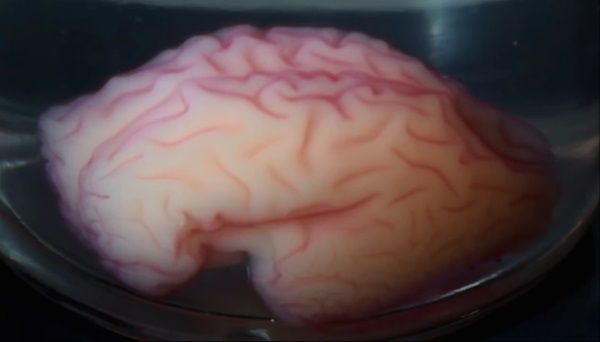Feb 4, 2016
Scientists Discover How the Human Brain Folds
Posted by Shailesh Prasad in category: neuroscience
Scientists were able to study brain growth using a 3D gel model in order to see how the human brain gets its folds.
New research shows that our brains are likely folded because, as they grow, a large amount of volume has to fit in a small space (AKA, our skulls). This compression is actually beneficial, the folds reduce the length of neuronal wiring, improving cognitive function.
Researchers at the Harvard John A. Paulson School of Engineering and Applied Sciences teamed up with scientists in Finland and France to find out more about the folding process.


















